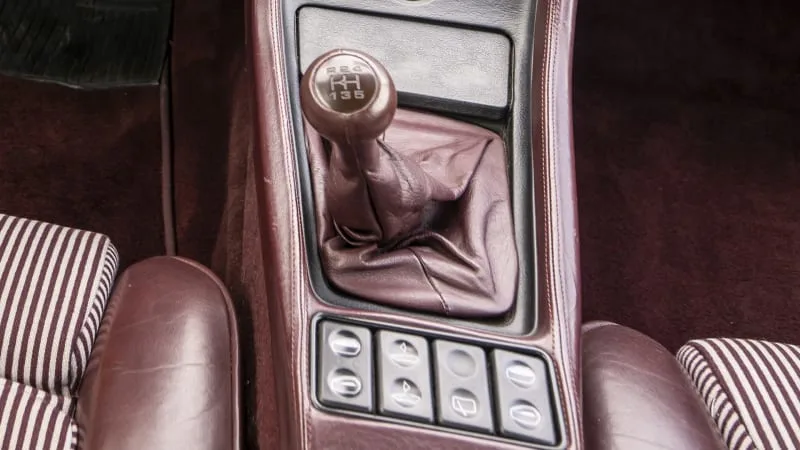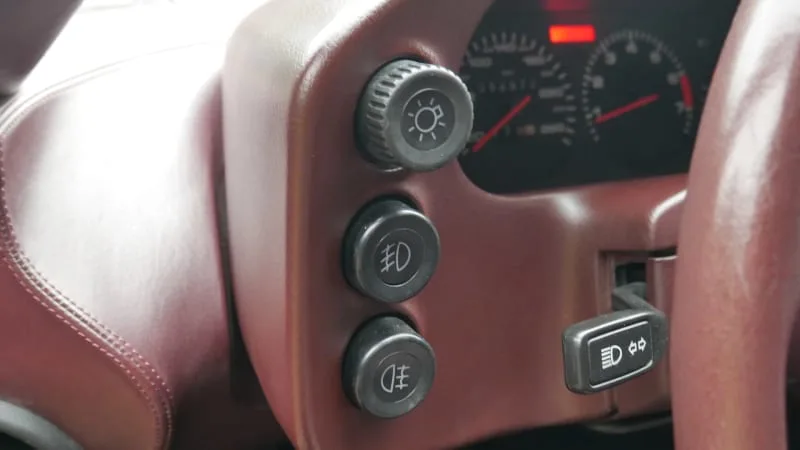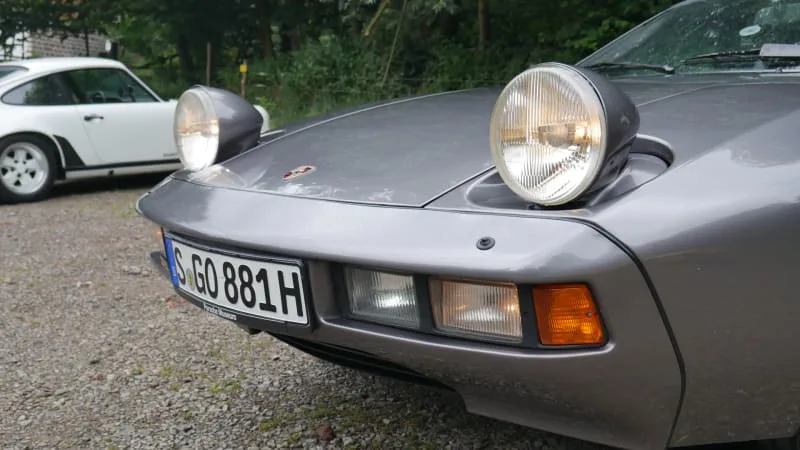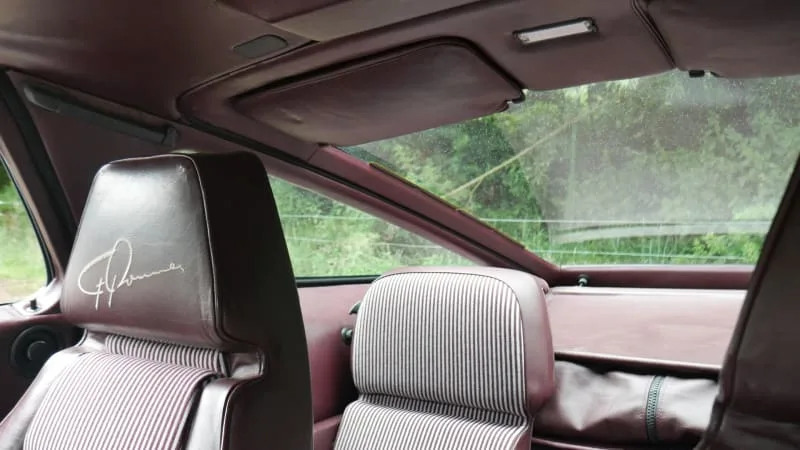STUTTGART, Germany – A wide gray gate slowly swings open to a downhill driveway that leads into what looks like a small factory. There’s no sign to identify the occupant company, and despite tall windows spanning the building’s first and second floor, the lower two-thirds of those on the bottom are glazed white to prevent peering eyes. There are similarly nondescript buildings on either side and a Mitsubishi dealer across the street. There’s no way in hell you’d drive by and think anything of it.
But then one day you’re lucky enough to see what’s at the bottom of that driveway beyond a large garage door and, well, take it away photo gallery.
This is basically where Porsche keeps all its greatest hits, rarest treasures and noteworthy four-wheeled pieces of history. Everything is special for one reason or another: rare special editions, unique configurations, winning race cars, examples of significant advances, concept cars, test mules and even cars built by different companies that Porsche had a hand in developing. While many find their way into Porsche’s grand, open-to-the-public museum in nearby Zuffenhausen, there’s no way it could all fit there.
This is now the second time I’ve been lucky enough to visit, with a genuine emphasis on lucky. Last time, I took the photos in the above gallery. This time, I’d be doing a lot more than that: I’d be driving several of those noteworthy four-wheeled pieces of history. Now, I wasn’t so lucky as to have my pick of the litter, but instead, Porsche’s team responsible for the 718 Spyder RS press launch put together a tasting menu, so to speak, of past Porsches that were similarly firsts of their kind or special, highly-focused performance models.
Throughout this week, I’ll be sharing what it was like to drive each of them. Admittedly, I don’t have a great deal of experience driving pre-1990 cars, and one of this selection would indeed become the oldest car I’ve ever driven. This is about sharing this lucky experience and some of what I learned along the way.
Car No. 1
1981 Porsche 928 S 50-Year Anniversary Edition
If, like me, you have a hard time keeping track of Porsche’s endless three-number model names and internal reference codes, the 928 was the first front-engined model Porsche engineered (though it was beaten to market by the entry-level 924). It was originally intended to be the 911’s replacement, as sales of Porsche’s sports car were trending downward in the 1970s and switching to a more traditional, front-engined, V8-powered, GT-style car seemed like a more palatable choice for luxury customers than the oddball 911. Obviously, this thinking changed and both cars would be sold side-by-side along with subsequent front-engined models.
This particular 928 is a museum piece because it was one of only 140 special-edition 928s built to celebrate Porsche’s 50th anniversary in 1981. Its configuration of unique Meteor Metallic paint and striking wine-colored leather interior with striped cloth upholstery (and Ferry Porsche’s signature embroidered on the headrests) could not be ordered even by special request. It is therefore very rare.
The 928 was also the car I most wanted to try. It’s just so different from the Porsche brand I’ve come to know in the past 15 years of reviewing cars: sports cars with the engine behind the driver, sedans and SUVs, and even the electric Taycan. Porsche doesn’t sell front-engine, two-door GT cars anymore, which is a shame, because they’re basically my favorite kind of car. It was intriguing, and I wanted to see how recognizable it was as a Porsche given what came after as well as its fundamentally different contemporary, the 911 (the only classic Porsche, a 1985, I had driven prior to this event).
I climb inside and am immediately impressed by its distinctive color scheme and timeless, attractive design. Then it makes me laugh. I look down at the shifter to discover it’s a dogleg layout with first down below reverse, and second where first usually is.
“Five bucks says I drop this into reverse by my third time taking off from a stop,” I say to the car’s museum handler, who doesn’t seem to be amused. German humor’s different, you know.
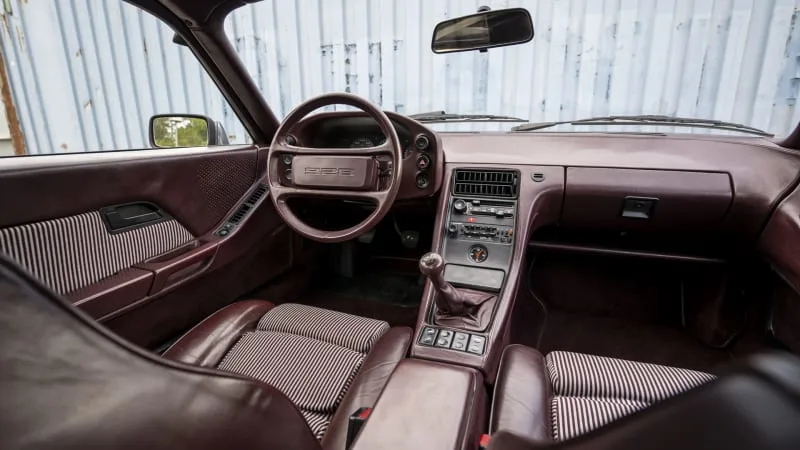
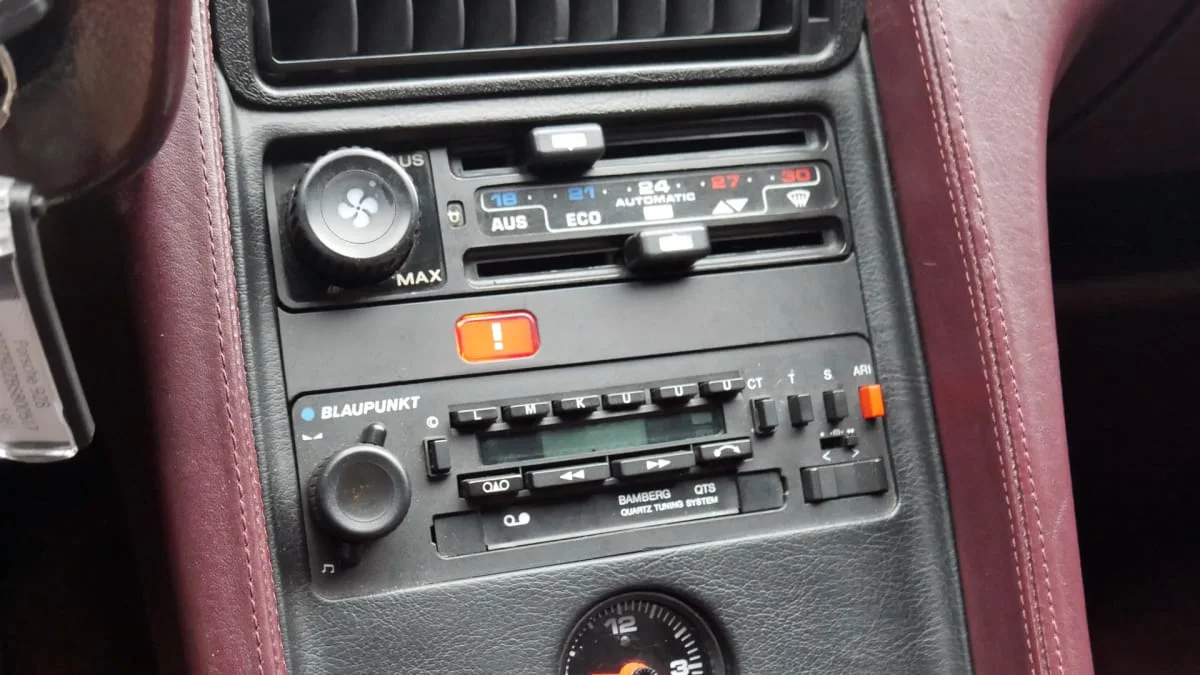
The labels on the Blaupunkt radio might as well be written in hieroglyphics. What looks like radio preset buttons that should be 1-6 are instead marked L-M-K-U-U-U. There are also CT, T and S buttons, plus a red one labeled ARI. Probably something to do with Arizona. Of course, I have no intention to put on the radio, but it’s indicative of the alien landscape I’ve just plopped myself into.
My head grazes the leather headliner, so I twist the recline wheel beyond my usual position. It’s a bit Fat Joe for my liking, but unlike the other cars I’d drive on this little adventure, at least the 928’s steering wheel actually adjusts. Tilt only, but the instrument pod comes along with it. So, no, the Infiniti G35
